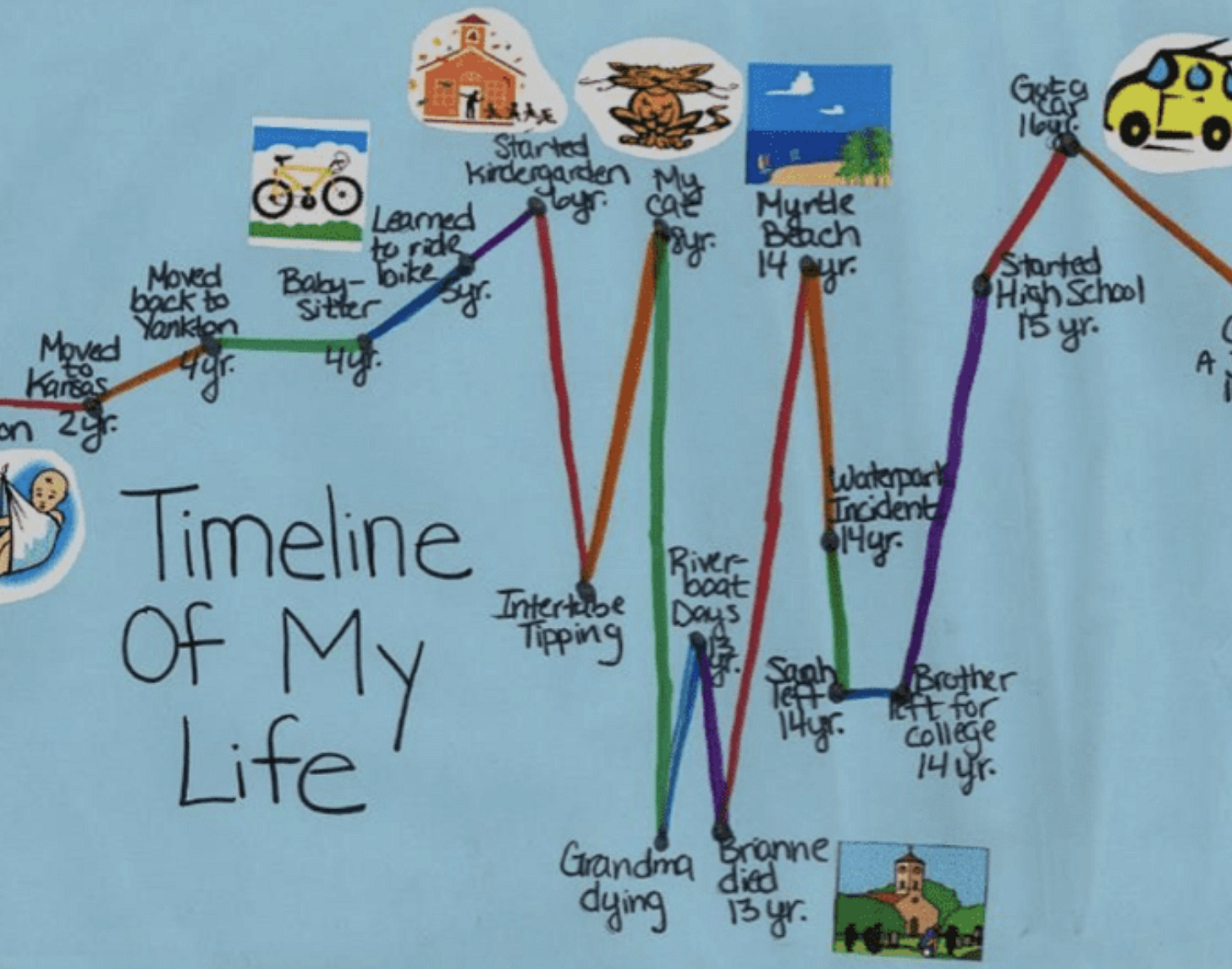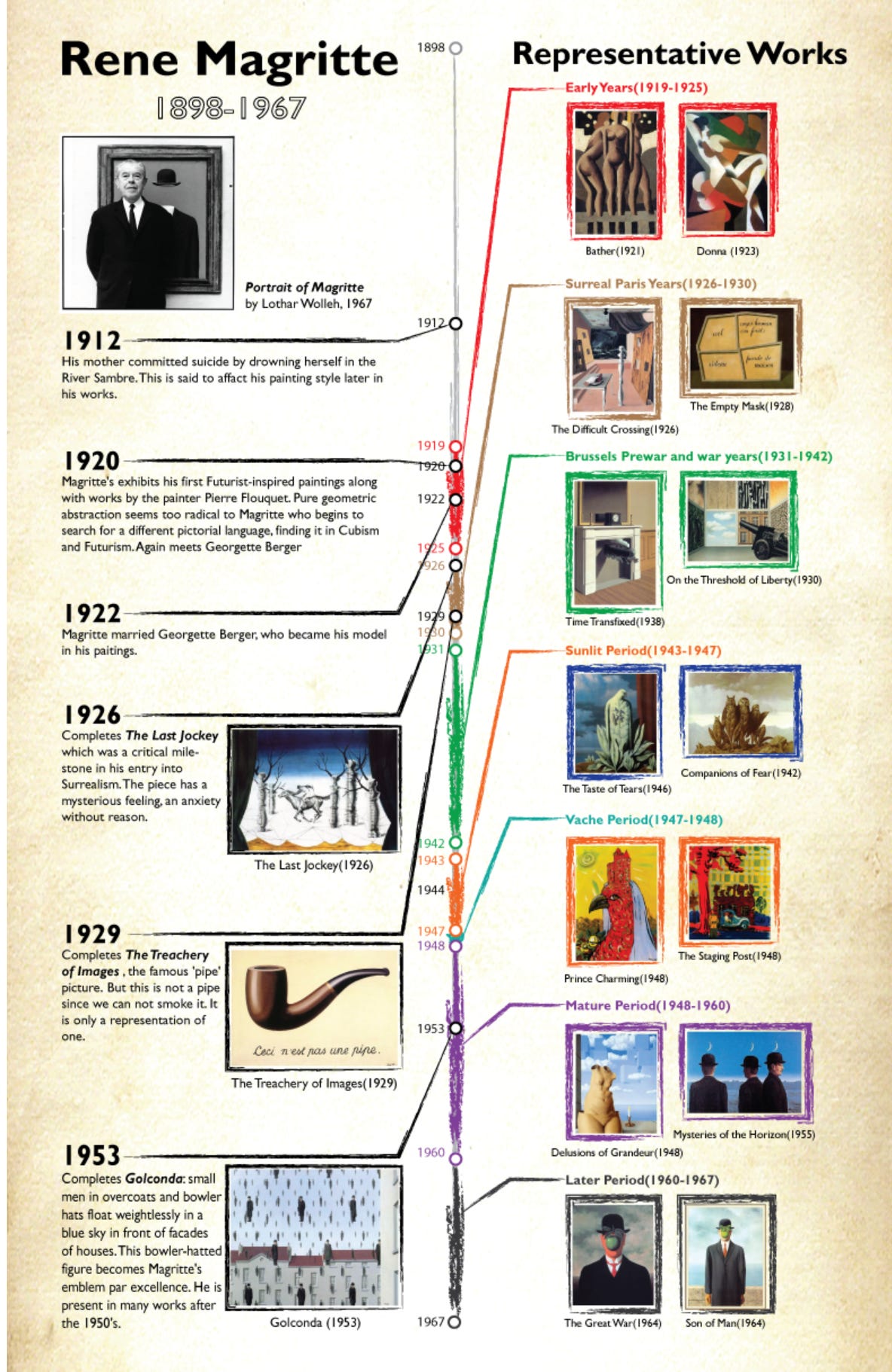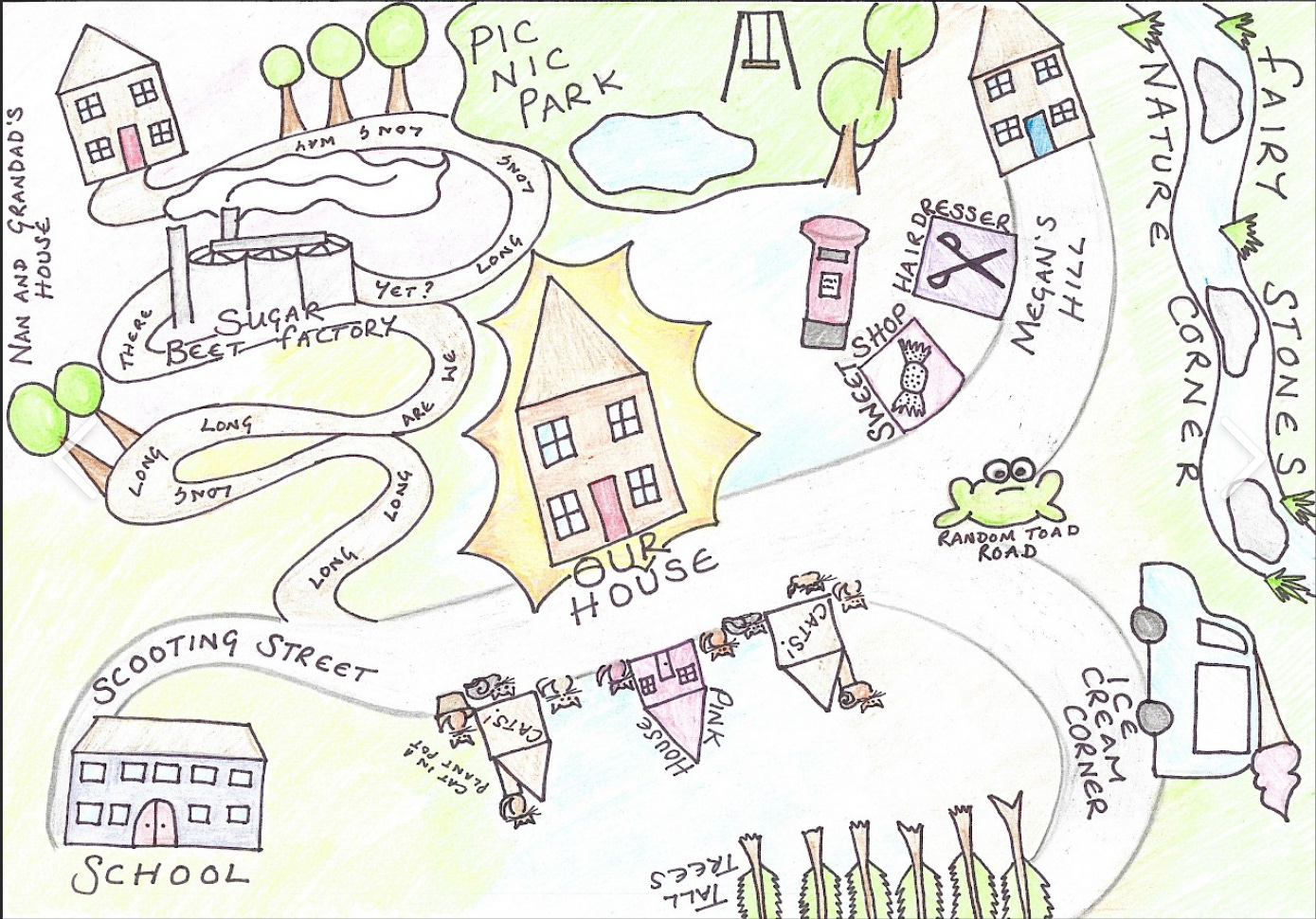This week your task is to create a visual sensory timeline.
Some time ago we looked at sensory maps in a class project-this is much the same but instead of describing a given space, you'll be focusing on a time line of your choice.
A visual sensory timeline is a creative way to map out sensory experiences over time using images, colours, textures, and symbols instead of words. It blends chronology with sensory perception, allowing you and/or your viewers to immerse themselves in different eras or experiences.
Here’s how it might look:
Linear Format: A traditional timeline with key sensory elements illustrated—perhaps touch (textures), sound (waveforms), and smell (abstract representations).
Circular or Flowing Layout: Instead of a straight line, the timeline could curve or spiral, representing evolving sensory experiences with interconnected visuals.
Artistic Interpretation: An abstract, expressive representation where the timeline isn't just a chronological map but a mood board of sensory impressions.
Use your sketchbook to try out some ideas, consider appropriate media to bring your timeline to life.
Your time line does not have to be epic! It could be a trip to the shops, a night of dreams, a special night out, the thoughts that run through your head while relaxing in the garden...anything!
Really, it's just images that tell a story – your story. It does not have to make sense to anyone except you!
This exercise develops creative expression and could help you explore deeper and more meaningful emotions in your work. It will allow you to create your own personal visual shorthand that will feed into and enhance your work in general.
Where have you seen examples of sensory timelines? They are all around us – we will compare notes in class.
Some examples of sensory timelines and a sensory map.





